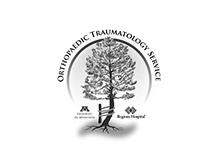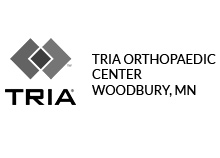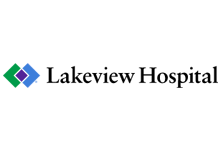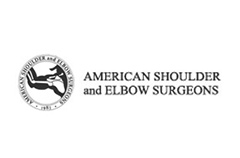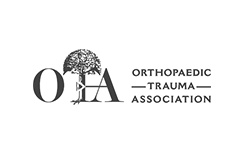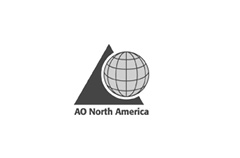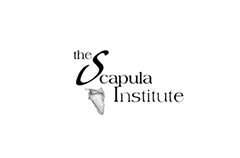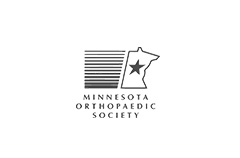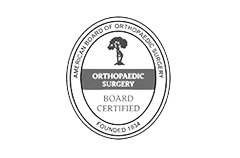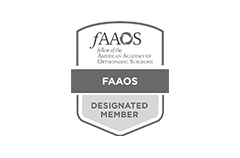SLAP tears
- Diagnosis
- Non-operative Options
- Operative Options
- Before Your Surgery
- After Your Surgery
- Your Rehab
Mini-open Subpectoralis Biceps Tenodesis with Suture Button
What are SLAP Tears?
The shoulder joint is a ball and socket joint. A 'ball' at the top of the upper arm bone (the humerus) fits neatly into a 'socket', called the glenoid, which is part of the shoulder blade (scapula). The term SLAP (superior –labrum anterior-posterior) lesion or SLAP tear refers to an injury of the superior labrum of the shoulder. The labrum is a ring of fibrous cartilage surrounding the glenoid for stabilization of the shoulder joint. The biceps tendon attaches inside the shoulder joint at the superior labrum of the shoulder joint. The biceps tendon is a long cord-like structure which attaches the biceps muscle to the shoulder and helps to stabilize the joint.
What are the Causes of SLAP Tears?
The most common causes include falling on an outstretched arm, repetitive overhead actions such as throwing, and lifting a heavy object. Overhead and contact sports may put you at a greater risk of developing SLAP tears.
What are the Symptoms of SLAP Tear?
The most common symptom is pain at the top of the shoulder joint. In addition, a catching sensation and pain most often with activities such as throwing may also occur.
How are SLAP Tears Diagnosed?
Diagnosis is made based on the symptoms and a physical examination. A regular MRI scan may not show up a SLAP tear and therefore an MRI with a contrast dye injected into the shoulder is ordered. The contrast dye helps to highlight SLAP tears.
- Physical Therapy Intro
- Shoulder and Elbow Steroid Injection
I may recommend anti- inflammatory medications to control pain.
To prevent such injuries, regular shoulder strengthening exercises are recommended. Adequate warm-up exercises before activities and avoiding high-contact sports can help prevent injuries that cause instability.
Want to know more?
In athletes who want to continue their sports, arthroscopic surgery of the shoulder may be recommended. Depending on the severity of the lesion, SLAP tears may simply require debridement or some may need to be repaired. A SLAP repair can be done using arthroscopic techniques that require only two or three small incisions.

Once we decide that surgery will help you, you will need to learn what to expect from the surgery and how to actively participate in the treatment plan for the best results afterward.
Preparing mentally and physically for surgery is an important step toward a successful result. Understanding the process, and your role in it, will help you recover more quickly and have fewer problems.
Before surgery, I will perform a complete physical examination to make sure you don’t have any conditions that could interfere with the surgery or the outcomes.
- Routine tests, such as blood tests and X-rays may be performed.
- Discuss any medications you are taking as you may have to stop or alter your intake before surgery. If you are taking aspirin or anti-inflammatory medications or any drugs that increase the risk of bleeding, you will need to stop taking them one week before surgery to minimize bleeding.
- We will discuss about preparing for potential blood replacement, medical interventions and other treatments prior to surgery.
- Report any infections. Surgery cannot be performed until all infections have cleared up.
- If you smoke, you should stop or cut down as smoking interferes with wound healing and can affect your recovery.
- Have someone available to take you home, as driving is not recommended for at least 24 hours or as advised.
- You may need help with everyday tasks such as cooking, shopping and laundry.
- Put items that you use often within easy reach, so you won’t have to stretch and bend as often.
- After Surgery Video
- Shoulder Surgery Recovery Video
After the procedure, your arm will be placed in a sling for the first 3 weeks to immobilize the shoulder joint and you will be advised to restrict active motion of your shoulder for about 6 weeks. You will be instructed take your pain medications and to apply ice packs to control swelling and pain. The plaster strips over the wounds should be kept dry until the wounds heal.
Want to know more?
- Physical Therapy Intro Video
- Finger ROM Video
- Standard Elbow ROM Video
- Shoulder ROM Video
Through physical therapy, you can slowly regain motion and strengthen the shoulder. You can resume sport activities after consulting with me and your physical therapist. You should avoid driving for a few weeks after the surgery.
Through physical therapy, you can slowly regain motion and strengthen the shoulder. You can resume sport activities after consulting with me and your physical therapist. You should avoid driving for a few weeks after the surgery.
Want to know more?
- Download Dr. Myeroff's Shoulder Stretches Information Sheet
- Download Dr. Myeroff's Standard Elbow ROM Diagram Information Sheet
- Download Dr. Myeroff's Finger ROM Diagram Information Sheet
- Download Dr Myeroff's Arthroscopic Anterior Bankart Repair (or SLAP) Rehab Protocol
- Download Dr Myeroff's Arthroscopic Posterior Bankart Repair Rehab Protocol
- Download Dr. Myeroff's SLAP Tear Non-Operative









